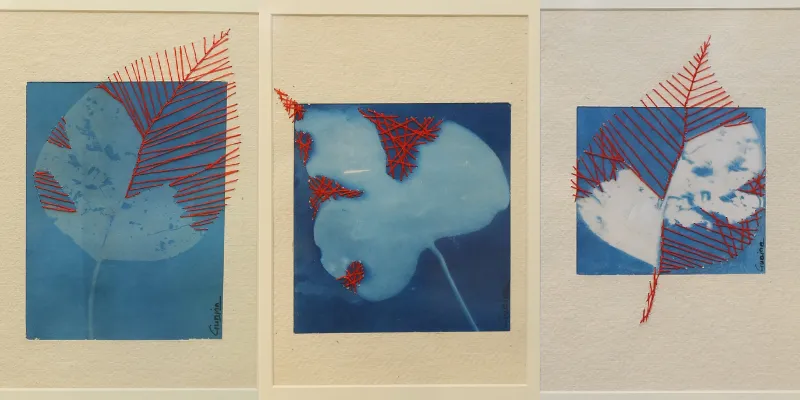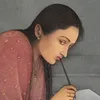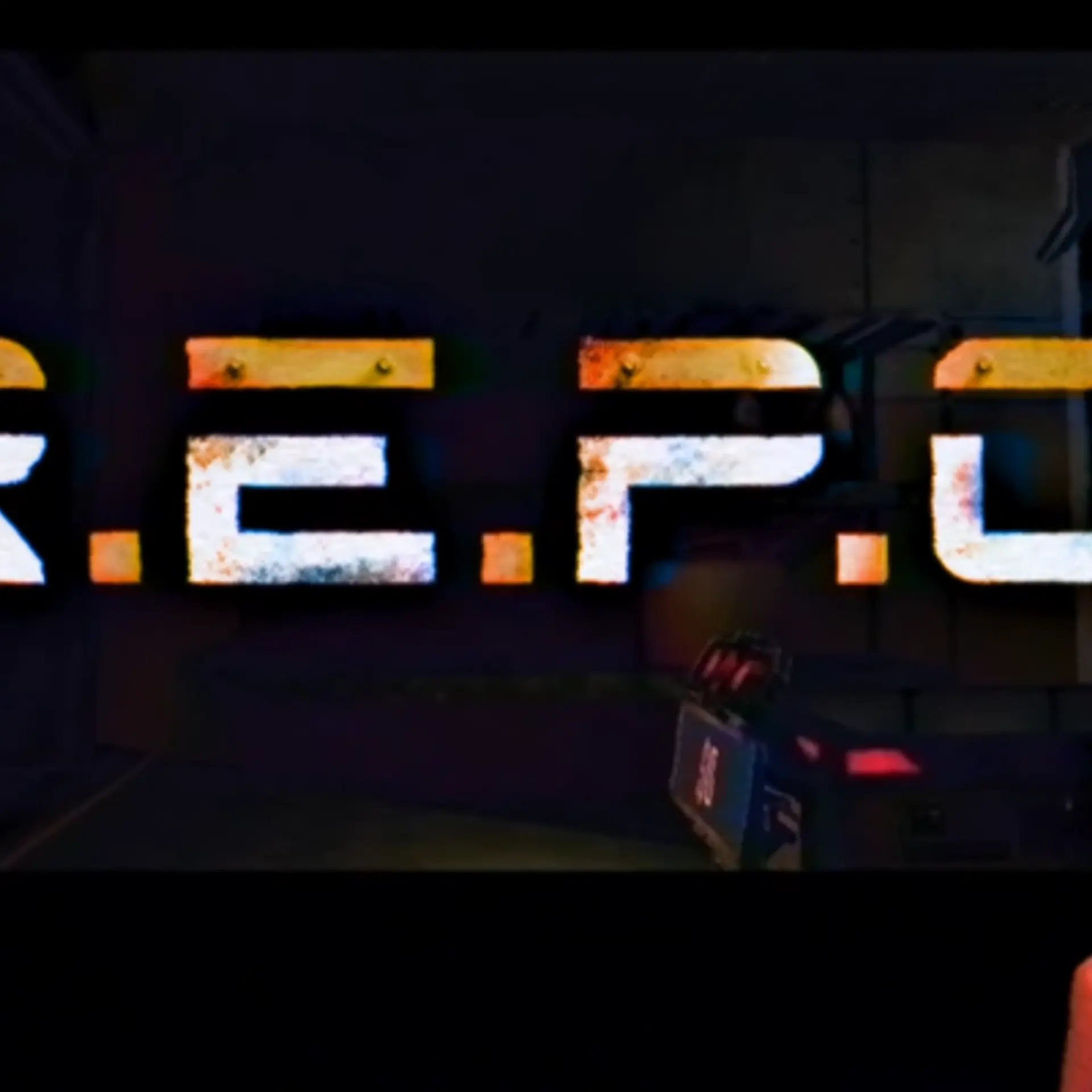Artist Gunjan Shrivastava on nearly two decades of life as an artist and mentoring the younger generation
Gunjan Shrivastava, who holds a PhD in visual art, recalls her childhood and years of education that shaped her as an artist. Throwing light on environmentalism and capturing nature landscapes, the artist now plans to host a virtual exhibition.
Gunjan Shrivastava’s mother, who was a professional musician, gave her the freedom to explore art and the creative field and that made all the difference in Gunjan’s life. It gave her the confidence to pick art education whenever there was a choice. Now, she holds a PhD in visual art from the University of Allahabad.
In a conversation with HerStory, she says, “It started as a passion and turned into serious exploration during my post-graduation years and started exhibiting my work and got new opportunities.”
She fell in love with contemporary Indian art during her PhD years as she studied how modern art came to India and influenced contemporary Indian art.
Life as an artist
Starting with cityscapes, landscapes, and seascapes, Gunjan’s signature nature-inspired works involve using aged and torn leaves to capture the theme of natural decay. She employs the traditional technique of cyanotype printing that produces a cyan blue print and was recognised by Keshari Nath Tripathi, the governor of West Bengal.

A few of visual artist Gunjan Shrivastava's artworks
“I give myself the freedom to change my subject from time to time. The uniqueness of my signature work comes from hand embroidery I do on them,” she adds.
Priced between Rs 15,000 and Rs 8 lakh for paintings on larger canvases, Gunjan exhibits her artwork in galleries in California, US every year. However, safety concerns due to COVID-19, the artist now plans to host a virtual exhibit.
However, she shares that the most basic challenge for her is creating art. She says, “It can be very scary and exhausting at times. And when I experience creative blocks, I divert myself to other creative boosters like doing research and turning to nature for inspiration.”
Gunjan adds that art in India has come a long way with the increased use of technology and exposure to global trends. As a result, visual art has become more experiential with tech-enabled installations that did not exist in traditional art.
Passionate about sustainable art and living, she rejoices over the fact that more artists are adopting sustainable practices in their art forms by looking for non-toxic colours and eco-friendly packaging options.
Gunjan acknowledges that these days, social media plays an important role as a platform for budding artists to the public.
“At the same time, I am a traditional thinker and social media also allows people to start judging you. Art should not be judged; it is my personal view on a paper,” she says, adding that a lot of substandard work and copying also takes place on these platforms.
Mentoring budding artists
Gunjan is also the co-founder of You Lead India foundation, a non-profit organisation that aims at creating the next generation leaders for India. She says, “Leadership and art are strongly connected to creativity and our vision is to help them contribute to nation building as leaders of the future.”
As a mentor of change at the Atal Innovation Mission, she works closely with grassroots emerging artists from rural India who are not exposed to the international market and lack the social skills to express themselves.
They eventually end up not receiving the limelight even though they are skilled with an artistic bent of mind and a great body of work. Gunjan helps them in curating work to best approach the market, guiding them on writing artist notes, and promoting their creations among her network and social media channels.
Hailing from a relatively privileged background herself, Gunjan is amazed at their skills, dedication, and what they make of the little resources at their disposal.
“We have the requirements of this and that colour – which may be necessary – but they have shown that with talent, one can do wonders. People who are less privileged are more dedicated,” she shares, summing up her learnings as a mentor.
Edited by Saheli Sen Gupta









